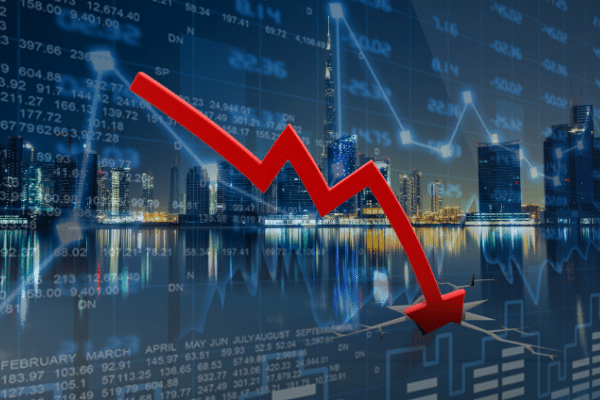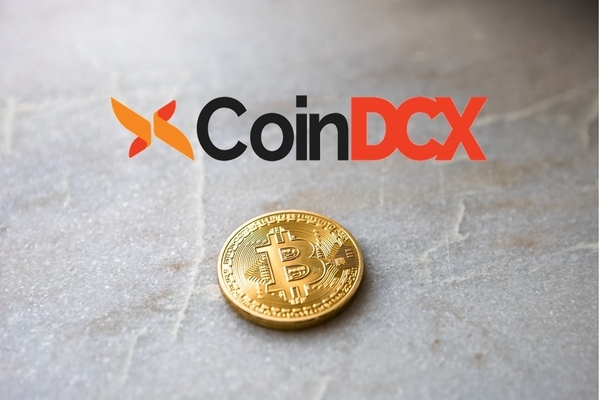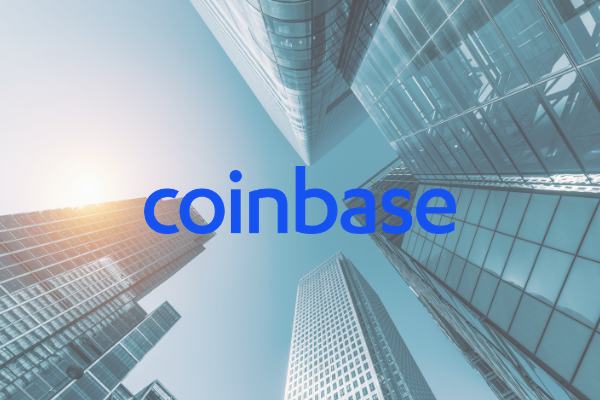
-
A larger number of Americans are cutting back or delaying consumption, especially for non-essential items in the wake of soaring inflation
-
More Americans are relying on tax refunds to help to cope with price pressures, and some are resorting to borrowing to fund heightened expenditure
Despite a tight labor market and rising salaries, more Americans are reporting that their wages are no longer able to keep up with the increasing cost of living.
According to a recent report by the Capital One Insights Center, less than 9% of lower income Americans, defined as those from households who earn less than US$25,000 a year, reported that their wages were able to keep up with higher prices.
And across all wage levels, barely 18% believed that their wages were able to match the rising cost of living.
While higher income earners reported being less affected by rising costs, the overall picture for consumption is increasing worries that a recession may be on the horizon.
With up to 70% of the U.S. economy based on consumption, any major belt-tightening against a backdrop of tightening monetary policy could very easily tip the scales towards a slowing economy and the dreaded double whammy of high inflation and low growth – stagflation.
Earlier this month, a U.S. Labor Department report revealed that although employment was increasing, wages had fallen sharply.
More than half and just under half of lower- and middle-income earners respectively are now looking for tax relief to cope with rising costs.
Over 62% of Americans said inflation had affected their spending, while 38% said that they intended to spend less or cut back on non-essential spending like vacations and restaurant outings or delaying them.
While 42% of Americans said that they would save less or dip into savings or borrowed money to fund consumption.
Americans by and large still have a substantial war chest of savings built up in the decade after the 2008 Financial Crisis, when many household balance sheets were decimated, but there are signs that most of those savings are already being deployed to fund current cost increases.
And that could be the biggest risk to the U.S. economy at the moment – falling consumption.
The U.S. Federal Reserve isn’t in a good position to do much about it either, as loosening monetary policy is simply not an option with the pace of inflation hitting a fresh 40-year high.



